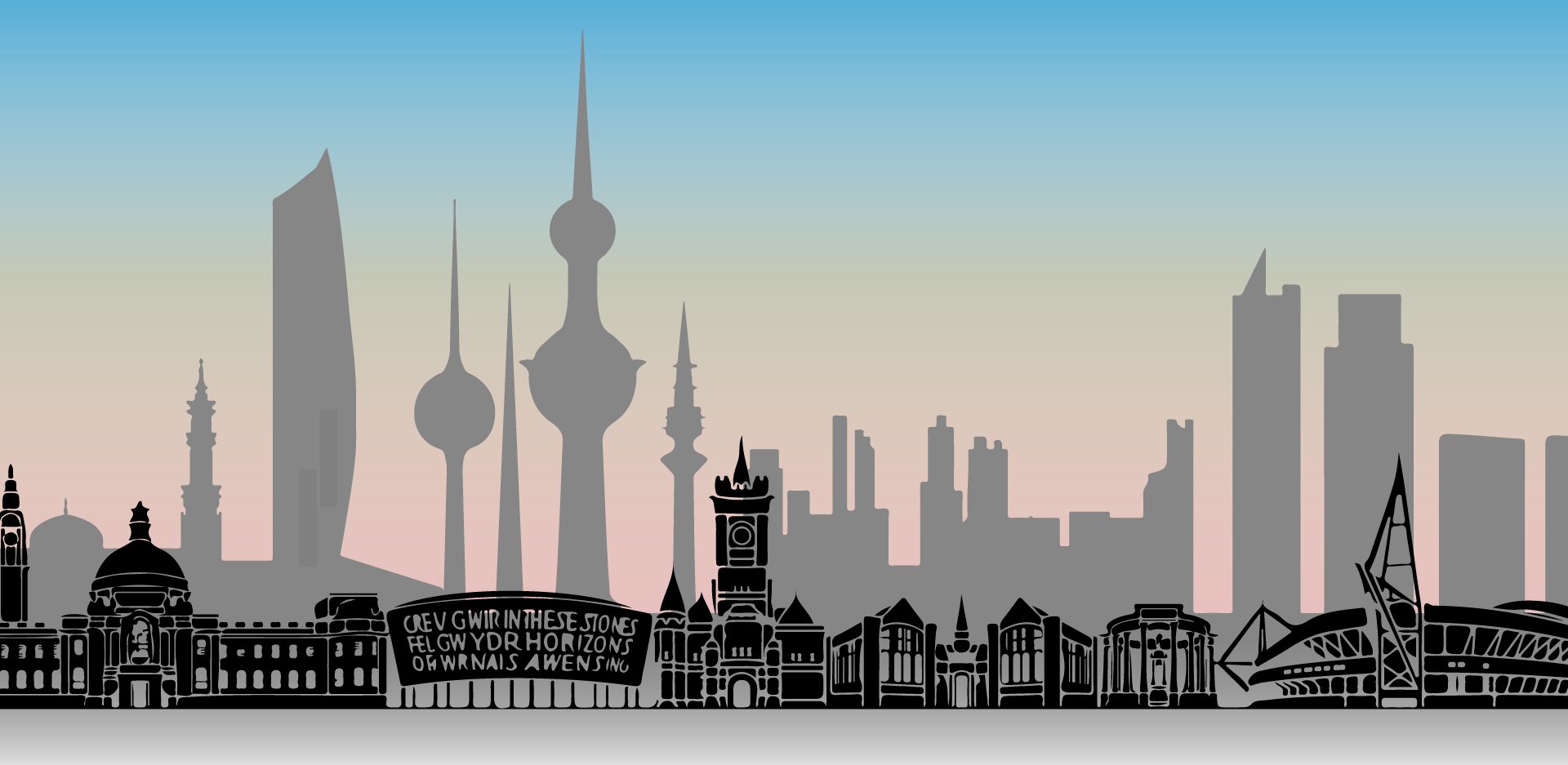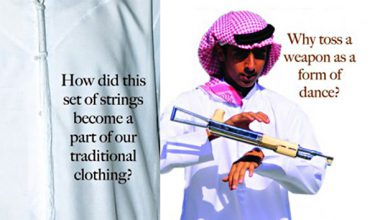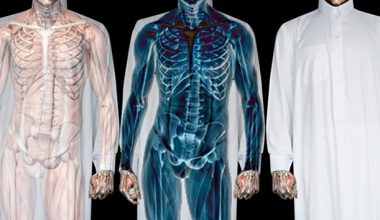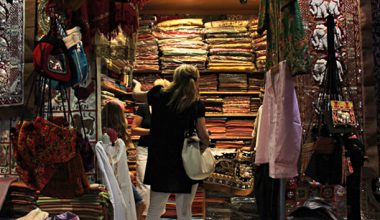In the first part of Urban Dualism: Artworks, I discussed street art in Bristol, UK; in which I highlighted the importance of showcasing art in cities that are known for their loud presence, to create an intimate atmosphere between public and urban life, as well as the culture that is constantly surrounding us.
Months before heading off to Bristol in April, my friend as well as neighbor, showed me a series of photos with artist’s painting on walls in Al-Qusoor, Kuwait. We both got excited because we live less than five minutes away from this place and the artwork itself looked impressive. As months went by, I learned that a non-profit art initiative called ‘Jedareyat’ organized these artworks, and were already in the middle of what became a series of projects in Kuwait City.
Aziz Al-Reshoud, one of the founders, states, “The main concept of Jedareyat revolves around art that heals. Powered by creativity and series of brainstorming meetings, Jedareyat is aimed to beautify the streets of Kuwait one wall at a time.”
Unlike Bristol’s artists, some stay anonymous, such as the well-known graffiti artist, Banksy, who till this day remains an unknown identity. But with murals, it’s a different case. According to Aziz, “Artists range from friends of friends to people that show up on the location. Overall we will pick artists who show a genuine interest to serve a bigger contribution through art and creativity.”
Thus, it’s the bigger picture of erasing visual pollution through Jedareyat’s murals and their collaboration with different artists. “Jedareyat is a platform for artists from all styles. The beauty of it is the flexibility to trust artists who may have never done big walls before,” Aziz said, “We offer them a chance to showcase their talent and skill in public, where all of Kuwait can see and admire.”

Another aspect is the culture of the city itself. Kuwait is rich with cultural traditions, as well as heritage with its current modern twists. The idea of Jedareyat started in AlQusoor with a meeting, progressed onwards to places such as Souq Al-Mubarakiya and Mubarak AlKabeer Street. Focusing on Mubarakiya, one of the oldest traditional souq in Kuwait, which once held the center of trades before the discovery of oil. The Jedareyat team embarked on a mission to paint one of the walls, “We saw the potential of a wrecked wall turning into a masterpiece," he said, “The location of the wall boosted our desire to send our messages even more, what better way to do it than in the heart of the city?”
Indeed, anyone who lands in Kuwait must visit the heart of the city, where old and new are presented in every corner, whether it’s the food in SOMU or the shops filled with traditional items, surrounding it, and now, anyone who passes these corners will pause to look at one of the walls, portrayed by a collaboration of artists with Kuwaiti metaphors and TV characters that are well recognized around the Gulf. Aziz mentioned that the location of the mural determines the theme, “We find that adding elements of Kuwait and its history is suitable for previous artworks.”
Urban life can be exciting, as well as chaotic. Artworks around cities not only erase the chaos that surrounds us, but make us stop and calmly interpret an art piece while reminding ourselves that there is an in-depth culture to cities that we don't notice in our daily lives. So why is art essential to a city? Aziz puts it perfectly by saying, “Art heals. Art changes your perspective. Art is essential.”
Below is a video of Jedareyat’s artworks as well as other street art in Kuwait.







